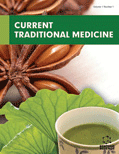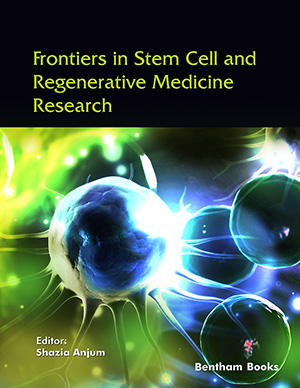
Abstract
Introduction: Clerodendrum colebrookianum Walp (Family, Verbenaceae) is one of the beneficial medicinal plants, used by the traditional people of this Northeast region of India due to its cardioprotective action and most widely known as “Nefafu” in Assam, “Arun” in Nagaland and “Phuinum” in Mizoram. Clerodendrum colebrookianum is found extensively in the South as well as Southeast Asia. The Mizo natives of the Northeast, India expanse of India claim that the hypertensive populace's minor occurrence in the middle of their society member is because of the habitual ingestion of this medicinal plant as vegetables.
Aim: This review summarizes the ethnopharmacology, selected scientific evidence on the pharmacological properties and phytochemistry of Clerodendrum colebrookianum Walp. This plant is generally considered the most significant herbal variety practiced in the therapy of hypertension by various communities of Northeast India.
Methods: The review covers literature about the evidence-based ethnopharmacology, therapeutic potential, and phytochemistry of Clerodendrum colebrookianum Walp. Literature was collected from non-English journals and English scientific databases via electronic search (Elsevier, Google Scholar, PubMed, Scopus, Springer, Web of Science, Wiley online library) and Ph.D. thesis databases.
Results: Evidence suggests that the extracts and some compounds from. Clerodendrum colebrookianum Walp cause abdominal pain, anthelmintic, antidote, blood purifier, colics in infants, cough, diabetes, diarrhea, and dysentery, gastric disorders. It also has cardioprotective potential, which is a valid scientific basis for consuming it for health benefits in the northeast region of India.
Conclusion: Scientific evidence suggests Clerodendrum colebrookianum Walp's immense potential to treat diabetes, hypertension, and other chronic diseases.
Keywords: Ethnopharmacology, phytochemistry, hypertension, ethnomedicine, tribal community, herbal.
[http://dx.doi.org/10.1016/S0378-8741(02)00059-4] [PMID: 12020931]
[PMID: 14728584]
[http://dx.doi.org/10.1007/s12539-017-0243-6] [PMID: 28623462]
[http://dx.doi.org/10.1016/0031-9422(95)00557-9]
[PMID: 16440846]
[http://dx.doi.org/10.1016/j.jep.2011.03.020] [PMID: 21397678]
[http://dx.doi.org/10.1016/j.jep.2007.12.015] [PMID: 18280071]
[http://dx.doi.org/10.26832/24566632.2020.0503018]
[http://dx.doi.org/10.1186/1746-4269-7-31] [PMID: 21995750]
[http://dx.doi.org/10.1186/1746-4269-2-33] [PMID: 16899114]
[PMID: 9754047]
[http://dx.doi.org/10.1016/S0367-326X(00)00223-9] [PMID: 11077170]
[http://dx.doi.org/10.1016/S1043-4526(03)47005-8] [PMID: 14639785]
[http://dx.doi.org/10.1016/0002-9149(90)90562-F] [PMID: 2203248]
[http://dx.doi.org/10.1016/S0031-9422(02)00754-9] [PMID: 12657303]
[http://dx.doi.org/10.1016/j.foodchem.2007.01.019] [PMID: 26065778]
[http://dx.doi.org/10.1016/j.foodchem.2006.08.004]
[PMID: 24455483]
[PMID: 9420450]
[http://dx.doi.org/10.3109/10715769509145649] [PMID: 7633567]
[http://dx.doi.org/10.1007/978-3-642-65136-6_12]
[http://dx.doi.org/10.1016/S0031-9422(00)91554-1]
[http://dx.doi.org/10.4103/0253-7613.115021] [PMID: 24014914]
[http://dx.doi.org/10.1016/S0031-9422(00)80260-5]
[http://dx.doi.org/10.1016/j.jep.2012.06.025] [PMID: 22732729]
[http://dx.doi.org/10.5455/vetworld.2008.347-350]
[http://dx.doi.org/10.1016/j.sjbs.2018.12.006] [PMID: 31762623]
[http://dx.doi.org/10.1080/13607863.2013.821821]
[http://dx.doi.org/10.1177/0960327110368420] [PMID: 21148599]
 11
11 2
2



























